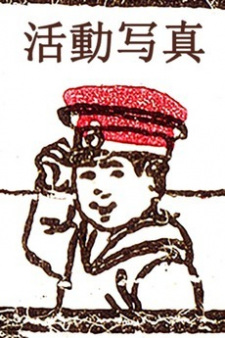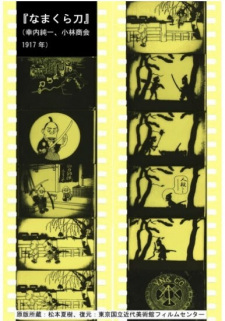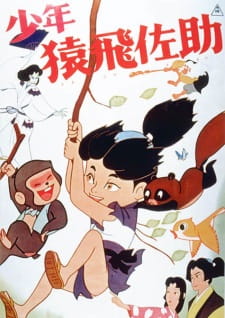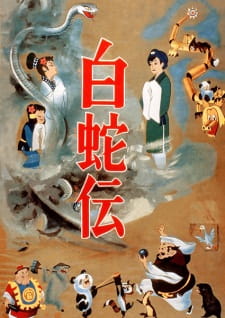Feb 11, 2021
I think it is very important to go into these old works of animated classics with a different mindset than the typical ones you observe on MAL. Old wine tastes better when aged - not just because of the perceived increase in value that time brings, but the texture that it allows to preserve and compose into complex flavors as the fermentation process is allowed to continue well beyond the typical sale cycle of shelf wine. Old classics of art which stand the test of time and remain historically relevant enough to be archived for the future usually have the same quality to them. They
...
act as time capsules that capture in a totally irrelevant art medium, the cultural trends, the history of the art form itself, the social themes of the era that were prevalent at the time, without intending to do so and thus increasing their latent value.
A lot of tropes of modern artforms that we consider shorthand for set up or establishing a connection to the audience based on mutually understood cultural and social references both within and outside the third wall tend to gain reference value when looked at from a distant and detached perspective brought about by time. Of course production values of a nascent artform where the technology as well as the exploration of the style had yet to be regimented cannot possibly be compared to an era where techniques have been regimented, taught as standard methods and followed to an almost formulaic limit to create a rather robust standard of quality.
The Japanese Animated Film Archive names "Motion Picture: The Kitsune vs. the Tanukis" as Ikuo Oishi's masterwork. Ikuo Oishi who worked on the animated division of the Photo Chemical Laboratory is widely considered Japan's Walt Disney and set up most of the animation standards that future cohorts would follow upon and refine to suit their own changed tastes. While he was lost as a casualty of being deployed in the Pacific Front of the Japanese theatre of the world war leaving his legacy incomplete compared to his spiritual mentor Disney, his guidelines and works like the one being reviewed left a blueprint for future animators both at PCL and beyond to learn from.
Motion Picture: The Kitsune vs. the Tanukis at first seems like a surrealist smorgasbord of disparate and unlinked sequences that were strung together without much planning. The composition almost creates a surrealist expressive atmosphere where you as a viewer are left trying to make sense of situations that feel absurd. However, the work has to be considered instead as an exploration of what the animation as an artform could achieve in a stylistic fashion rather than a plot focused narrative that supplants the animation today.
Objects are constantly performing seamless transitions, transforming into disparate objects with hitherto unseen smoothness and indistinguishable magic, creates are constantly playing with perspective, using relative sizes and distance as well as playing with shadows to create depth of field in a flat 2 dimensional, almost stop motion world. Every frame acts both as an exploration of technical tricks as well as guidelines for future artists who would follow - an artist's way to flex.
The superficial story seems pretty simple. The tanukis encounter a foreign creature, fright of the unknown prompts a series of misunderstanding that eventually escalates into full blown conflict. While the entire rigmarole is dressed up in wildly entertaining comedy and the surreal transformations make this a fun watch, the underlying depth of themes cannot be hidden. For those looking, there are clear parallels to the inward looking islanders and their fear of the unknown outsiders who would come to the Island nation for trade. Misunderstandings of culture, language and even religion lead to a full blown conflict and a pushback of these external threats. We have to remember that this work came out both during and under the auspices of the expansionist Japanese empire, which was forging a narrative of how they repelled would be colonists and set out their own expansionary desires towards the Middle Kingdom. Ikuo Oishi's works have constant undertone of this Japanese exceptionalism, perhaps a reflection of the broader cultural sentiments driving the Japanese motivation for war.
I must also give kudos to some of the best sound design I've seen from work at the time. Sound recording technology was pretty backwards in the 1930 and to get such clear synchronizations as well as clear sound effects in a live setting definitely enhanced the experience of watching this work greatly.
At 11 minutes, this can be watched quickly, but I suggest that any viewer read into the history of the artist, the time period and Japanese animation history in general ( it's initial role as propaganda, just like Walt Disney in the US) to get a more nuanced perspective on this surreal comedy.
Reviewer’s Rating: 10
What did you think of this review?
Nice
 0
0
Love it
 0
0
Funny
 0
0
Confusing
 0
0
Well-written
 0
0
Creative
 0
0Show all




 (1).png)






















